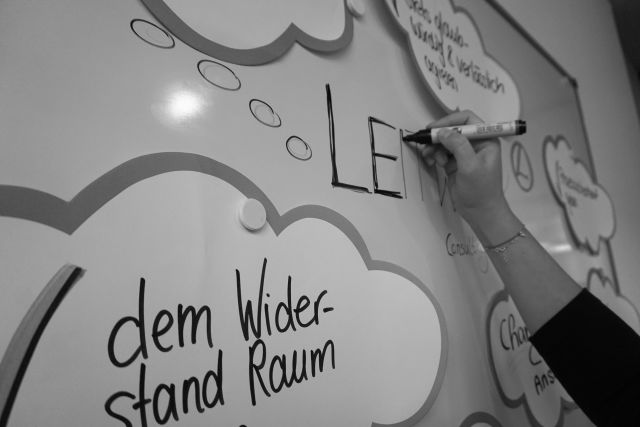In a retrospective, teams focus primarily on the following three aspects: a) What went well?, b) What didn't go well? and c) What will we do differently from now on? In particular, this involves answering questions about collaboration at team level or with stakeholders. The aim is to derive the right measures (retro action items) so that the team can continue to develop in order to work together more productively and smoothly in the coming sprints. It is therefore important who takes part in the retrospective. It is usually the entire (scrum) team, i.e. the development team, Product Owner & a Scrum Master.
Retrospectives serve as a platform to express your own opinions and needs in a protected and respectful atmosphere. This prevents pent-up negative feelings and frustration. All topics discussed in this meeting remain within the team, unless a joint decision is made to open up and place concerns outside the team.
Retrospectives should be repeated at regular intervals, for example after every sprint. This is the only way to create a continuous improvement process (CIP). The length of the meeting can vary depending on how much time there is between the individual retrospectives and how many participants are present. The method of the retrospective can also be varied. It is advisable to consider the elements (1) welcome & clarification of objectives, (2) collection of events, (3) gaining insights, (4) resolution of measures and (5) conclusion & feedback.
Another very important argument in favour of retrospectives is that they differ from other meetings as they can be more creative and playful. They can have a refreshing effect as they represent an escape from the normal working day. In the best case scenario, retrospectives are prepared and moderated by a Scrum Master or an agile coach. This person structures the meeting, can act as a mediator if necessary, ensures that measures (retro action items) are derived and acts as a time keeper.




